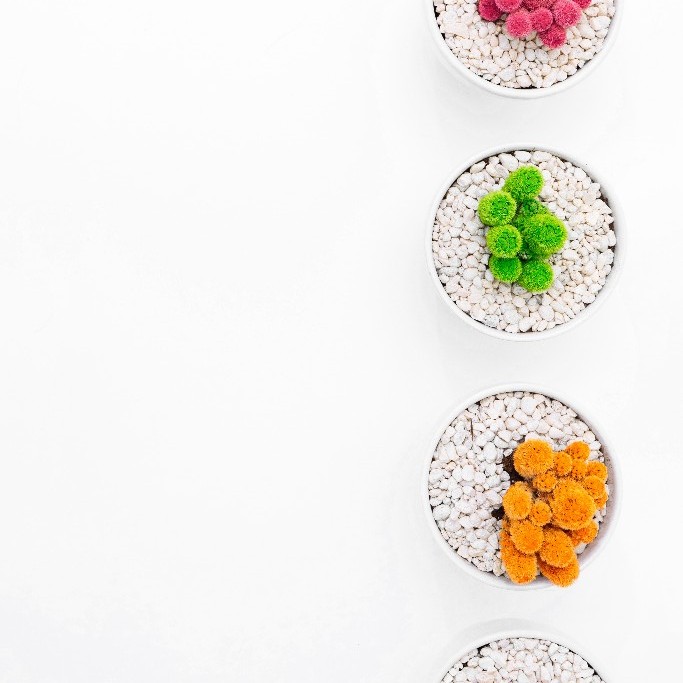Q1: Caroline, could you explain IHC in simple words?
Immunohistochemistry, or IHC, is a powerful method enabling the visual detection of antigens, mostly proteins in cells and tissues. Visualization of the antibody-antigen complex is generally done with conjugated secondary antibodies (eg peroxidase or fluorochrome tagged) and includes a detection step where the interaction is visualized. IHC is routinely used in the field of diagnostics and basic research.
Q2: What does it deliver in terms of biological insights?
Protein expression in its histological context on a cellular level. By counterstaining the tissues or cells you get a high contextual resolution context whereby the visualized proteins are interrogated in relation to other non-stained cells. The information on the protein distribution at the cellular level and comparative differences in this expression pattern is essential for pathologists when diagnosing tumor specimens (tumor diagnostics).
Q3: What is the translational application?
Traditional IHC is based on the immunostaining of thin sections of tissues attached to individual glass slides. The progress in the field of IHC-based techniques and reagents has enabled scientists and healthcare providers with more precise tools, assays, and biomarkers.
There are several ways you can use IHC. In diagnostics and clinical practice, physicians can investigate protein expression by comparing healthy and diseased material looking for relevant biomarkers helping the pathologist to estimate the therapeutic outcome.
Basic research can investigate relationships, pathways, etc. Working with unknown targets or poorly characterized proteins several important efforts are contributing to a complete map of protein expression.
The Human Protein Atlas (HPA) project is a prime example of how high-throughput IHC is used to achieve large-scale mapping of the human proteome in a multitude of tissues, cancers, and cells.
Q4: Share a turning point or defining moment in IHC history.
Immunohistochemistry is a routinely established and rather old method, first documented for use in the early 1940s. Many years of technical development and the increased accessibility of specific affinity reagents have greatly improved the usefulness and areas of applications for IHC. There is an interesting paper to read if you are curious about the history of immunohistochemistry.
Q5: How prevalent is the use of IHC today?
Immunohistochemistry is widely used in both research and clinical practice and the method can quickly be performed in most laboratories. The procedure is short, simple, and cost-effective.
According to Pubmed, the database of peer-reviewed and published scientific articles, in the last five years IHC has been used in 10,641 research studies. This means on average more than 2000 papers per year, the equivalent of 5 papers per day! It is quite impressive for a rather old technique.



